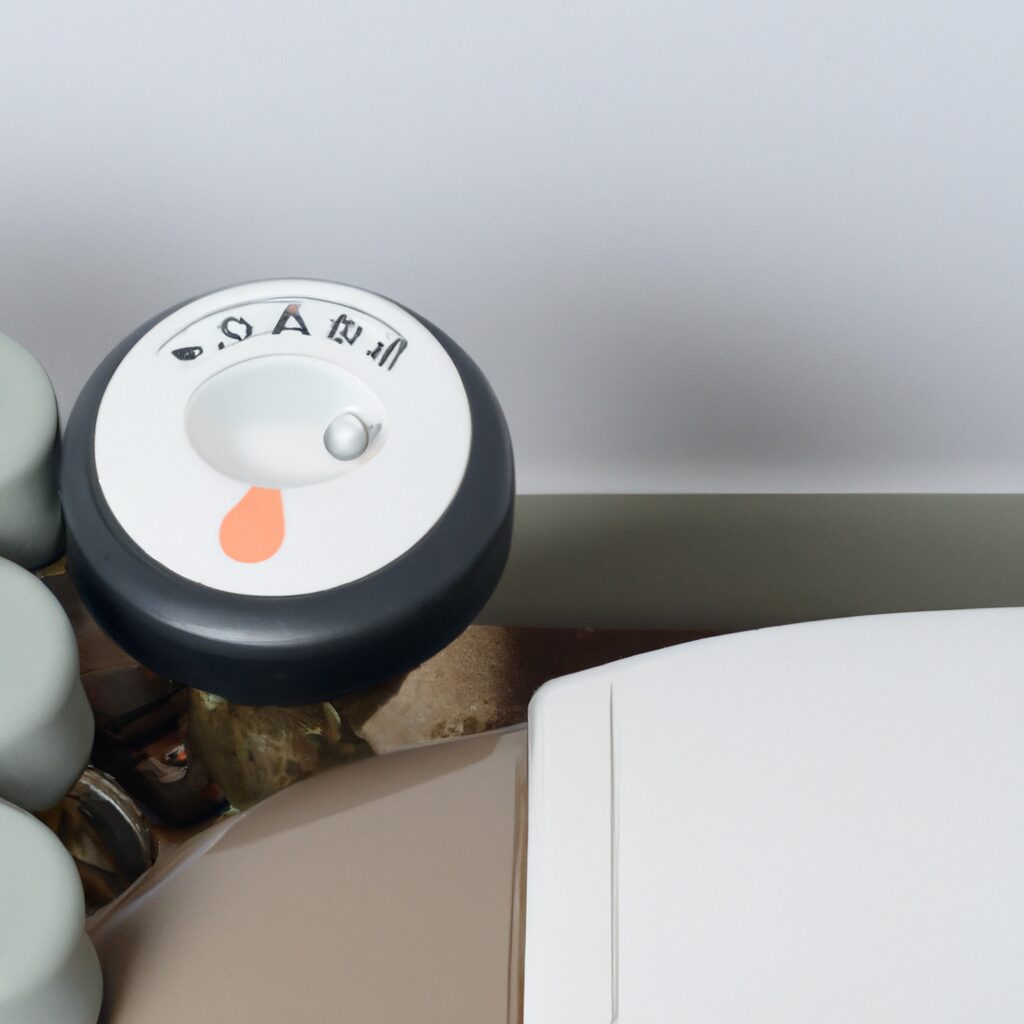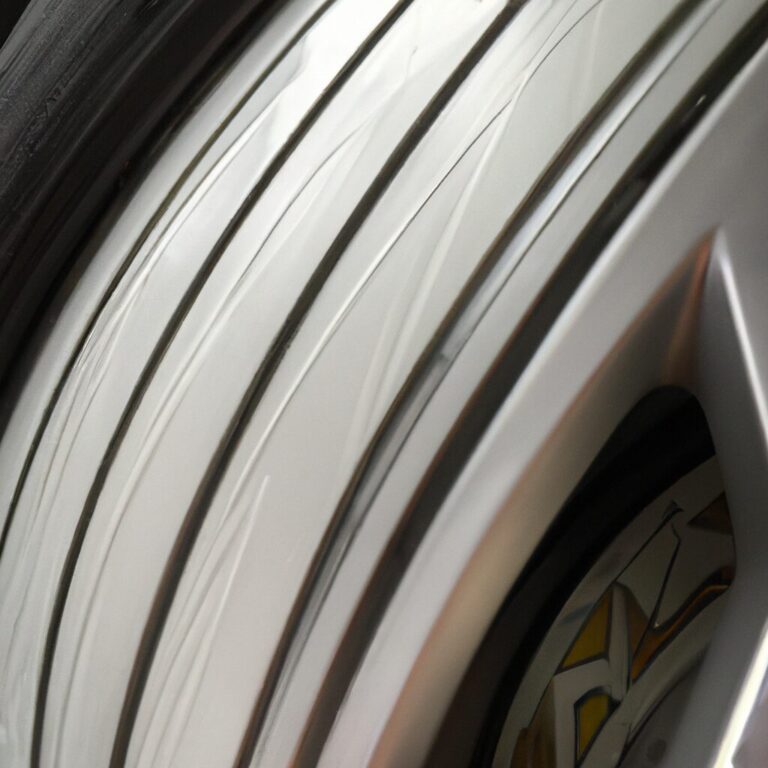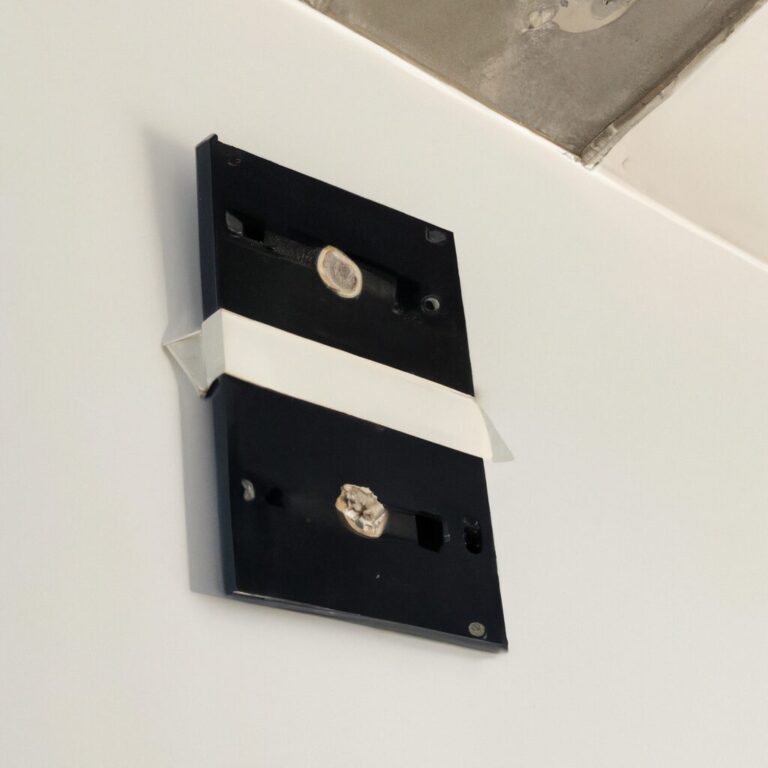ideal classic boiler not firing up
Introduction
If you have an Ideal Classic boiler that is not firing up, it can be a frustrating and worrying experience. Fortunately, there are a few steps you can take to try and get your boiler working again. In this article, we will discuss some of the common causes of an Ideal Classic boiler not firing up, as well as some troubleshooting tips to help you get your boiler back up and running. We will also discuss some of the safety precautions you should take when dealing with a boiler that is not working properly.
Common Causes of an Ideal Classic Boiler Not Firing Up
1. Lack of Power: An ideal classic boiler may not fire up if it is not receiving enough power. This could be due to a tripped circuit breaker, a blown fuse, or a faulty power switch.
2. Low Water Pressure: If the water pressure in the boiler is too low, it may not be able to generate enough heat to fire up. This could be due to a blocked or leaking pipe, a faulty pressure relief valve, or a faulty pressure switch.
3. Faulty Thermostat: If the thermostat is not working correctly, it may not be able to detect the temperature of the boiler and therefore not fire up. This could be due to a faulty thermostat, a faulty wiring connection, or a faulty temperature sensor.
4. Clogged Burner: If the burner is clogged with dirt or debris, it may not be able to generate enough heat to fire up. This could be due to a dirty or blocked air filter, a faulty fuel line, or a faulty burner.
5. Faulty Ignition: If the ignition system is not working correctly, it may not be able to generate enough heat to fire up. This could be due to a faulty spark plug, a faulty ignition coil, or a faulty ignition module.
How to Troubleshoot an Ideal Classic Boiler That Won’t Fire Up
If your Ideal Classic boiler is not firing up, there are a few steps you can take to troubleshoot the issue.
First, check the power supply. Make sure the boiler is plugged in and the power switch is in the “on” position. If the power supply is not the issue, check the thermostat. Make sure the thermostat is set to a temperature higher than the current room temperature.
Next, check the pressure gauge. The pressure should be between 1 and 1.5 bar. If the pressure is too low, you may need to top up the system. To do this, locate the filling loop and open the valves. Once the pressure has been restored, close the valves and check the pressure gauge again.
If the pressure is too high, you may need to bleed the radiators. To do this, locate the bleed valve on each radiator and open it until water starts to come out. Once the water has stopped flowing, close the valve and check the pressure gauge again.
If the pressure is correct, check the boiler’s reset button. This is usually located on the front of the boiler. Press the reset button and wait for the boiler to fire up. If the boiler does not fire up, you may need to call a qualified engineer to inspect the boiler.
By following these steps, you should be able to troubleshoot your Ideal Classic boiler and get it up and running again.
What to Do When Your Ideal Classic Boiler Won’t Fire Up
If your ideal classic boiler is not firing up, there are a few steps you can take to troubleshoot the issue.
First, check the power supply. Make sure the boiler is plugged in and that the power switch is in the “on” position. If the power supply is not the issue, check the thermostat. Make sure the thermostat is set to the desired temperature and that the switch is in the “on” position.
Next, check the pilot light. If the pilot light is not lit, follow the manufacturer’s instructions to relight it. If the pilot light is lit, check the gas supply. Make sure the gas valve is open and that the gas line is not blocked.
If the gas supply is not the issue, check the boiler’s pressure. If the pressure is too low, you may need to bleed the system. If the pressure is too high, you may need to adjust the pressure relief valve.
Finally, check the boiler’s controls. Make sure all the controls are in the correct position and that the boiler is set to the desired temperature.
If none of these steps resolve the issue, contact a qualified technician for assistance.
How to Diagnose and Repair an Ideal Classic Boiler That Won’t Fire Up
If your Ideal Classic boiler is not firing up, it is important to diagnose and repair the issue as soon as possible. This guide will provide you with the steps necessary to diagnose and repair your boiler.
Step 1: Check the Power Supply
The first step is to check the power supply to the boiler. Make sure that the power switch is in the “on” position and that the fuse is not blown. If the power supply is not the issue, move on to the next step.
Step 2: Check the Thermostat
The next step is to check the thermostat. Make sure that the thermostat is set to the desired temperature and that the display is lit up. If the thermostat is not the issue, move on to the next step.
Step 3: Check the Gas Supply
The third step is to check the gas supply to the boiler. Make sure that the gas valve is open and that the gas pressure is correct. If the gas supply is not the issue, move on to the next step.
Step 4: Check the Ignition System
The fourth step is to check the ignition system. Make sure that the spark plug is clean and that the electrodes are not corroded. If the ignition system is not the issue, move on to the next step.
Step 5: Check the Flue
The fifth step is to check the flue. Make sure that the flue is clear of any obstructions and that the flue pipe is not blocked. If the flue is not the issue, move on to the next step.
Step 6: Check the Burner
The sixth step is to check the burner. Make sure that the burner is clean and that the flame is burning correctly. If the burner is not the issue, move on to the next step.
Step 7: Check the Pressure Relief Valve
The seventh step is to check the pressure relief valve. Make sure that the valve is not blocked and that it is releasing pressure correctly. If the pressure relief valve is not the issue, move on to the next step.
Step 8: Check the Heat Exchanger
The eighth step is to check the heat exchanger. Make sure that the heat exchanger is not blocked and that it is functioning correctly. If the heat exchanger is not the issue, move on to the next step.
Step 9: Check the Control Board
The ninth step is to check the control board. Make sure that the control board is not damaged and that all of the connections are secure. If the control board is not the issue, move on to the next step.
Step 10: Contact a Professional
If all of the above steps have been completed and the issue is still not resolved, it is recommended that you contact a professional for assistance. A professional will be able to diagnose and repair the issue quickly and efficiently.
By following these steps, you should be able to diagnose and repair your Ideal Classic boiler that won’t fire up. If you have any questions or concerns, it is recommended that you contact a professional for assistance.
Tips for Preventing an Ideal Classic Boiler From Not Firing Up
1. Check the Boiler’s Fuel Supply: Ensure that the boiler has a sufficient fuel supply to fire up. Check the fuel tank and make sure it is full. If the tank is empty, refill it with the appropriate fuel.
2. Check the Boiler’s Ignition System: Make sure the boiler’s ignition system is functioning properly. Check the spark plugs, ignition coils, and other components to ensure they are in good working order.
3. Clean the Boiler: Clean the boiler regularly to remove any dirt or debris that may be blocking the fuel supply or preventing the boiler from firing up.
4. Check the Boiler’s Safety Features: Make sure the boiler’s safety features are functioning properly. Check the pressure relief valve, low water cutoff, and other safety features to ensure they are in good working order.
5. Check the Boiler’s Electrical Connections: Make sure the boiler’s electrical connections are secure and in good working order. Check the wiring, fuses, and other components to ensure they are in good working order.
6. Check the Boiler’s Flue: Make sure the boiler’s flue is clear and free of any obstructions. Check the flue for any blockages or debris that may be preventing the boiler from firing up.
7. Check the Boiler’s Thermostat: Make sure the boiler’s thermostat is set to the correct temperature. Check the thermostat to ensure it is set to the desired temperature.
8. Check the Boiler’s Water Supply: Make sure the boiler’s water supply is sufficient. Check the water pressure and make sure it is at the correct level. If the water pressure is too low, adjust it accordingly.
The Benefits of Regular Maintenance for an Ideal Classic Boiler
Regular maintenance of a classic boiler is essential for ensuring its optimal performance and longevity. Without regular maintenance, a boiler can become inefficient, unreliable, and even dangerous. Here are some of the key benefits of regular maintenance for a classic boiler:
1. Improved Efficiency: Regular maintenance helps to ensure that the boiler is running at its most efficient level. This can help to reduce energy costs and improve the overall efficiency of the system.
2. Reduced Risk of Breakdowns: Regular maintenance helps to identify and address any potential problems before they become serious. This can help to reduce the risk of unexpected breakdowns and costly repairs.
3. Improved Safety: Regular maintenance helps to ensure that the boiler is operating safely. This can help to reduce the risk of carbon monoxide poisoning and other safety hazards.
4. Extended Lifespan: Regular maintenance can help to extend the lifespan of a classic boiler. This can help to reduce the need for costly replacements and ensure that the boiler is running reliably for years to come.
Overall, regular maintenance is essential for ensuring that a classic boiler is running at its best. By taking the time to perform regular maintenance, you can help to ensure that your boiler is running efficiently, safely, and reliably for years to come.
How to Choose the Right Replacement Parts for an Ideal Classic Boiler
When it comes to replacing parts for an Ideal Classic boiler, it is important to choose the right parts to ensure the boiler is running efficiently and safely. Here are some tips to help you choose the right replacement parts for your Ideal Classic boiler.
1. Check the Manufacturer’s Manual: Before purchasing any replacement parts, it is important to consult the manufacturer’s manual to ensure you are purchasing the correct parts for your boiler. The manual will provide information on the specific parts needed for your boiler model.
2. Consider the Age of the Boiler: The age of the boiler will determine the type of parts needed. Older boilers may require more specialized parts, while newer boilers may require more modern parts.
3. Research the Parts: Once you have identified the parts needed, it is important to research the parts to ensure they are compatible with your boiler. This includes researching the manufacturer, the part number, and the specifications of the part.
4. Consider the Quality of the Parts: It is important to purchase high-quality parts to ensure the boiler is running efficiently and safely. High-quality parts will last longer and provide better performance.
5. Consider the Cost: When purchasing replacement parts, it is important to consider the cost. While it may be tempting to purchase the cheapest parts available, it is important to consider the quality of the parts and the cost of installation.
By following these tips, you can ensure you are purchasing the right replacement parts for your Ideal Classic boiler. This will help ensure the boiler is running efficiently and safely.
The Pros and Cons of Installing an Ideal Classic Boiler in Your Home
Installing an Ideal Classic boiler in your home can be a great way to ensure that you have a reliable and efficient heating system. However, it is important to consider both the pros and cons of this type of boiler before making a decision.
Pros
The first advantage of installing an Ideal Classic boiler is that it is highly efficient. This type of boiler is designed to provide maximum efficiency, meaning that it will use less energy to heat your home. This can help to reduce your energy bills and make your home more environmentally friendly.
Another benefit of this type of boiler is that it is very reliable. Ideal Classic boilers are designed to last for many years, so you can be sure that your heating system will be reliable for a long time.
Finally, this type of boiler is relatively easy to install. It is designed to be straightforward to install, so you can have it up and running quickly.
Cons
One of the main drawbacks of installing an Ideal Classic boiler is that it can be expensive. This type of boiler is more expensive than other types of boilers, so you may need to budget for the cost.
Another potential downside is that this type of boiler may not be suitable for all homes. If your home has an older heating system, then you may need to upgrade it before you can install an Ideal Classic boiler.
Finally, this type of boiler may require more maintenance than other types of boilers. You may need to have it serviced regularly to ensure that it is running efficiently.
In conclusion, installing an Ideal Classic boiler in your home can be a great way to ensure that you have a reliable and efficient heating system. However, it is important to consider both the pros and cons of this type of boiler before making a decision.
Q&A
1. What could be the cause of an Ideal Classic boiler not firing up?
The most common cause of an Ideal Classic boiler not firing up is a lack of power supply, a faulty thermostat, a blocked flue, or a faulty gas valve.
2. How can I check if my boiler is receiving power?
You can check if your boiler is receiving power by checking the power supply to the boiler and the fuse box. If the power supply is working, then you should check the thermostat and the gas valve.
3. What should I do if my boiler is not receiving power?
If your boiler is not receiving power, then you should check the power supply to the boiler and the fuse box. If the power supply is working, then you should check the thermostat and the gas valve.
4. How can I check if my thermostat is working?
You can check if your thermostat is working by setting the temperature to a higher level and seeing if the boiler fires up. If it does not, then the thermostat may be faulty.
5. How can I check if my flue is blocked?
You can check if your flue is blocked by checking the flue pipe for any blockages or obstructions. If there are any, then you should clear them before attempting to fire up the boiler.
6. How can I check if my gas valve is working?
You can check if your gas valve is working by checking the gas supply to the boiler and the gas valve itself. If the gas supply is working, then you should check the gas valve for any signs of damage or corrosion.
7. What should I do if my boiler still won’t fire up?
If your boiler still won’t fire up, then you should contact a qualified engineer to inspect and repair the boiler.
8. Is it safe to use my boiler if it won’t fire up?
No, it is not safe to use your boiler if it won’t fire up. You should contact a qualified engineer to inspect and repair the boiler before attempting to use it.
Conclusion
In conclusion, the Ideal Classic boiler not firing up can be a frustrating problem to have. However, with the right troubleshooting steps, it can be resolved quickly and easily. It is important to check the power supply, the thermostat, and the gas supply to ensure that all components are working properly. If all else fails, it may be necessary to call a professional to inspect and repair the boiler.



